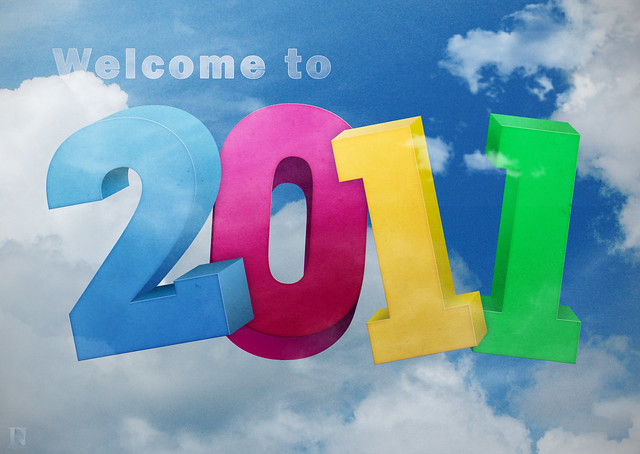Sunday, January 30, 2011
January 31, February 2, February 3
Year 9 today please finish your 2. Develop a Design Brief. Please complete your research on poster making and excel.
January 31 - World Leprosy Day - Assembly in the Gym (missed class due to presentation).
February 3 - Humanities Joint Work (missed class due to collaborative work with Year 8).
Learning objective - The student will: ask relevant questions at the different stages of the investigation; identify appropriate sources of information and acknowledge these using a recognized convention; collect and select information, organize it logically and, with guidance, begin to analyse it; consider, with guidance, the value of sources of information.
Wednesday, January 26, 2011
January 27

Good Afternoon Year 9.
Today's lesson is EXCEL. You will design a survey and evaluate the data. You will then create an excel chart to represent your findings. Save the chart as a jpeg. Finish this in class. Together we will follow the instructions on this Microsoft lesson carefully: http://www.microsoft.com/education/DesignSurvey.aspx
That's it in a nutshell - Let's go!
Learning objective: Students will develop an understanding that presentation of their formal work matters.
Saturday, January 22, 2011
January 24, 26
Which carbon footprint calculator are you using?
I found this one and think it's worth a look;-)
BP Energy Caluclator: http://www.bp.com/iframe.do?categoryId=9032780&contentId=7060112
Let's brainstorm if we think we should take a survey of your classmates to include in the project.
Sunday, January 16, 2011
January 17, 18, 19
Year 9 - Now, let's move onto the next step of the Investigation: 2. Develop a Design Brief
Note: Design Brief - The student's response to the challenge, showing how they intend to solve the problem they have been presented with. This will guide their investigation as they work to develop a more detailed design specification.
To get a 5-6 the student: critically investigates the problem, selecting information from a range of appropriate, acknowledged sources.
So, what does that mean? That means that you will:
Note: Design Brief - The student's response to the challenge, showing how they intend to solve the problem they have been presented with. This will guide their investigation as they work to develop a more detailed design specification.
To get a 5-6 the student: critically investigates the problem, selecting information from a range of appropriate, acknowledged sources.
So, what does that mean? That means that you will:
- create and answer questions that will help you solve your problem (what is a carbon footprint, how to calculate your carbon footprint, what is excel, how can it be used to solve problems, look at poster layout, color and design)
- evaluate the information you gather (explain how you can use this information)
- select information from several appropriate, acknowledged sources
Tuesday, January 11, 2011
January 12
 |
| http://www.surreyheath.gov.uk/images/surreyheathboroughcouncil/environment/CarbonFootprint.gif |
Year 9 - We are on to Term 2!
This term we will will solve the following problem: How do my lifestyle choices impact others?
Using Microsoft Excel 2010, the student will create an excel spreadsheet charting his/her carbon footprint. Using this information, the student will create a poster with the purpose of raising awareness of our impact on the world and move the student body to action.
Before we go any further . . .
Let's now look at the Unit of Work.
To get started let's take a look at this link.
http://www.razor-gator.com/reduce_your_carbon_footprints_use_less_plastic_disposable_razors.htm
Sunday, January 2, 2011
January 3, 5, 6, 10 - 2011
Year 9 - Welcome back. I hope you had a great holiday break and are ready to get down to work in 2011!
We are almost done:
EVALUATE (Criterion E) Maximum 6
1.Students are expected to evaluate the product/solution against the design specification in an objective manner based on testing, and to evaluate its impact on life, society and/or the environment. They are expected to explain how the product/solution could be improved as a result of these evaluations.
2.Students are expected to evaluate their own performance at each stage of the design cycle and to suggest ways in which their performance could be improved.
3.To get a 6 the student: evaluates the success of the product/solution considering the results of testing, and the views of the user. The student evaluates their own performance at some stages of the design cycle and considers improvements. The student considers the impact of the product/solution on life, society and/or the environment.
Let's talk about what this means, then we'll get started!
 |
| http://www.onlinecollegecourses.com/wp-content/uploads/How%20Online%20Instructors%20Evaluate%20Your%20Performance.jpg |
1. Print the questionnaire (that you created in the Investigate) and show your digital story to 5 people and ask them to answer your questionnaire.
2. Write a paragraph to "analyze" the feedback. In other words write about the scores that you received and say how your digital story could be improved.
3. Evaluate your performance at each stage of the design cycle: Investigate, Design, Plan, Create AND suggest ways that you can improve your performance. (You need 4 paragraphs here).
4. Write a final paragraph saying if you accomplished your goal and what impact it will have. In other words, look at the unit question - were you successful? Explain.
Learning objectives: carry out tests to compare final product against design specification, suggest improvements, reflect on their performance and identify parts they found difficult and suggest ways in which their performance could be improved.
Subscribe to:
Posts (Atom)



